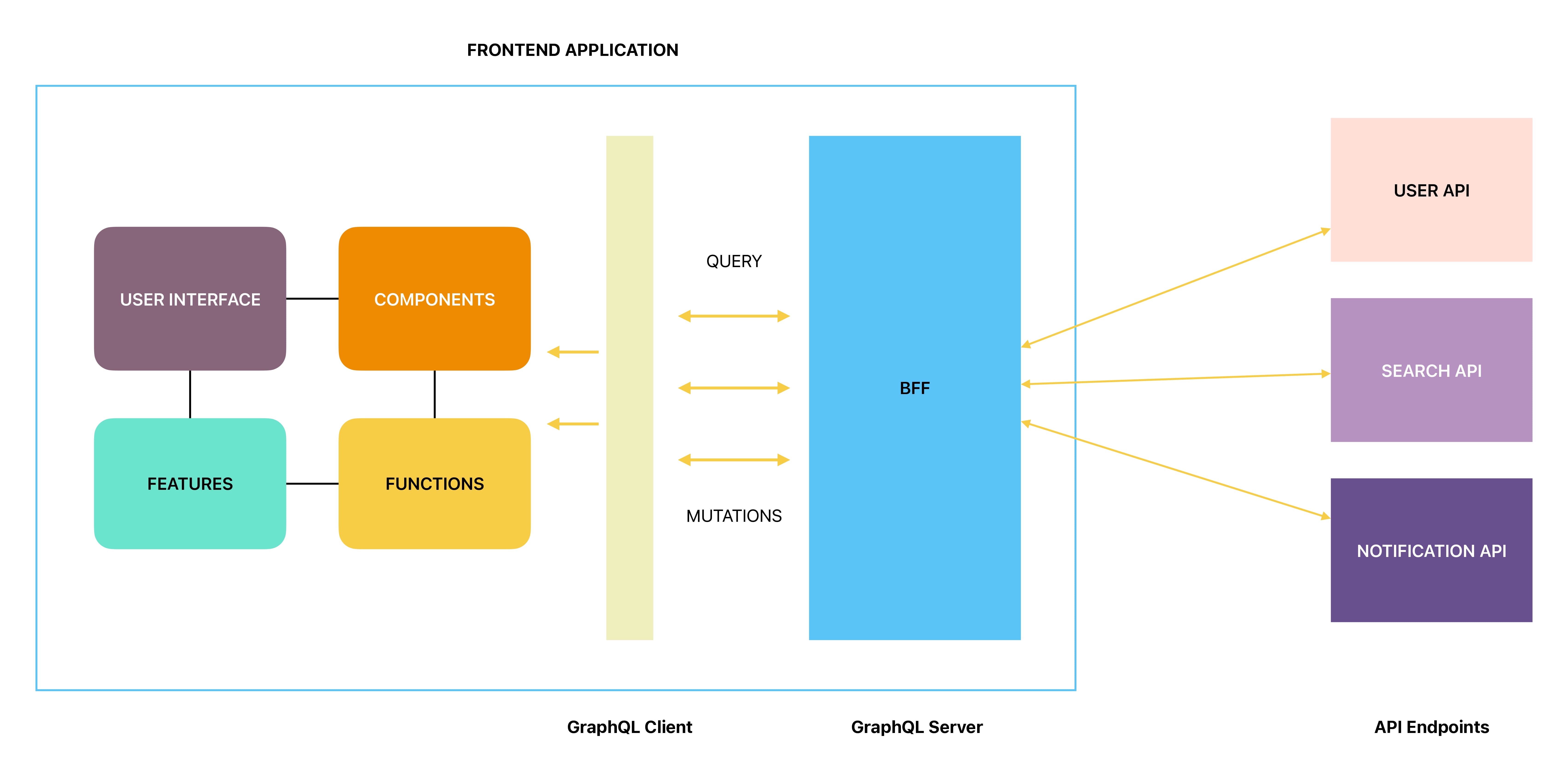BFF: Real World Experience
Backend for Frontend (BFF) is a design pattern I’ve enjoyed when developing application. When working on a complex application with multiple workflows and features, you often need to interact with various API endpoints, each maintained by different teams.
For an application to function seamlessly, it’s crucial that all these endpoints work together effectively. Backend for Frontend (BFF) steps in to solve this headache by acting as a custom-fit server that meets the specific needs of the frontend.
I often find analogies useful for simplifying complex concepts, so let me share one that captures my understanding of this idea.
Analogy: McDonald's Counter
Imagine you're at McDonald's. You order fries, a burger, and a soft drink. In the past, you might have had to go to different counters to collect each item, causing delays if one item took longer to prepare. Your burger might be ready and hot, but you'd have to wait for your drink, delaying your meal because you like to enjoy everything together.
Now, imagine instead, everything is prepared and handed to you at a single counter. This way, all your items are ready together, making the process smooth and efficient.
This single counter is like GraphQL in the Backend for Frontend pattern.
Visualizing Diagram

Final Thoughts
BFF's role in data filtering and processing leads to optimized data payloads, reduced round trips to the server, and improved frontend performance. Additionally, it ensures a clear separation of concerns, which makes the application architecture more modular, scalable, and easier to maintain.